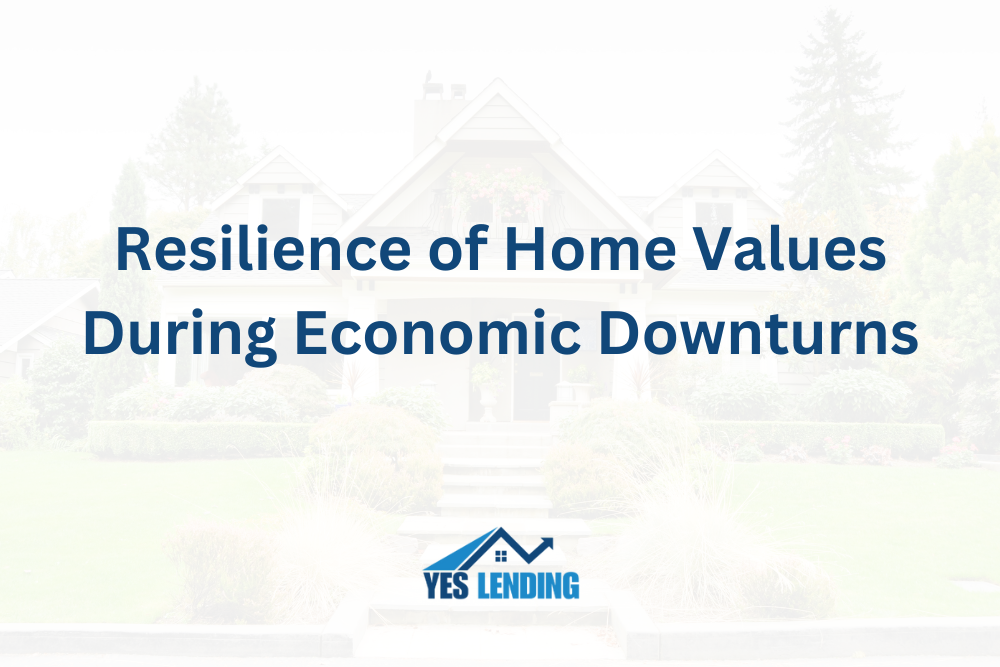Buying a home is an exciting yet complex process, especially when timing doesn’t line up perfectly. What if you find your dream home before your current one sells? This is where bridge loans come into play. But how do they compare to traditional mortgage loans? Understanding the differences between these two financing options can help you make the right decision for your home purchase.
What is a Bridge Loan?
A bridge loan is a short-term financing option that helps homeowners secure funds while waiting for long-term financing or the sale of their existing property. These loans are often used in real estate when buyers need immediate capital to purchase a new home before selling their current one.
How Do Bridge Loans Work?
Bridge loans are designed for speed and convenience. They typically offer:
- Quick approval and funding – Faster processing than traditional mortgage loans.
- Short-term flexibility – Usually repaid within a few months to a couple of years.
- No prepayment penalties – Borrowers can repay the loan early without extra fees.
However, these benefits come at a cost:
- Higher interest rates – Bridge loans tend to have higher rates than traditional loans.
- Large origination fees – Borrowers pay higher upfront fees for this type of financing.
- Multiple loan payments – If you still have a mortgage on your current home, you’ll need to make payments on both loans until your home sells.
Bridge Loans vs. Traditional Mortgage Loans
A bridge loan provides short-term funding while waiting for long-term financing or the sale of a home. It typically has a much faster approval and funding process than a traditional mortgage. However, it also comes with higher interest rates and fees, making it a more expensive option. Traditional mortgage loans, on the other hand, are designed for long-term home financing, offering lower interest rates and predictable monthly payments.
When Should You Consider a Bridge Loan?
A bridge loan may be a good option if:
- You’ve found your ideal new home but haven’t sold your current one.
- You need quick access to funds to stay competitive in a hot real estate market.
- You’re confident in selling your home quickly and repaying the loan within the short term.
On the other hand, if you have time to wait for the sale of your home and can secure traditional financing, you may save money with lower interest rates and fees.
Choosing between a bridge loan and a traditional mortgage depends on your financial situation, timeline, and long-term goals. While bridge loans provide fast financing, they come with higher costs. Traditional mortgages offer lower interest rates but require more time to secure.
At Yes Lending, we’re here to guide you through the process and help you find the best financing solution for your needs. Whether you’re looking for a bridge loan to secure your dream home or a traditional mortgage for long-term stability, we’ll provide expert advice tailored to your situation.
Contact Yes Lending today to explore your options and make your next home purchase with confidence.



